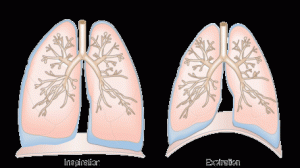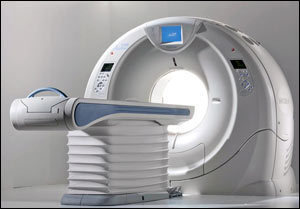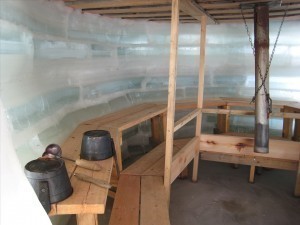Lungs Volume
The pulmonary system or the lung is the most important respiration organ in humans. The basic function of this body part is to send oxygen from outside into the human’s bloodstream as well as discharge carbon dioxide to the atmosphere. The volumes of lungs are affected by various factors like gender, age, environmental factors and physical activities. Below is important information about the lungs volume in humans.
humans. The basic function of this body part is to send oxygen from outside into the human’s bloodstream as well as discharge carbon dioxide to the atmosphere. The volumes of lungs are affected by various factors like gender, age, environmental factors and physical activities. Below is important information about the lungs volume in humans.
The Volume of the Lungs
What is the size of the lungs? The size of the lungs is determined by various factors including the total capacity of the lung, the organ’s forced vital and vital sizes, as well as residual and tidal capacities. The other factors that affect the lung volume are the expiratory reserve volume, the inspiratory reserve capacity, the inspiratory volume, functional residual volume, the inspiratory capacity, physiologic dead space and anatomical dead volume.
The total lung capacity refers to air volume in the lungs after maximal inspiration. The total lung capacity of adult males is 6 liters while the capacity of the lungs of adult females is 4.7 liters. Vital capacity refers to the air volume that can be moved in and out after maximal inspiration. The average vital capacity among adult males and females are 4.6 liters and 3.6 liters, respectively. The tidal volume is the air volume normally breathed by an individual. The mean tidal volume for adult males is 500 milliliters and for females the volume is 390 milliliters.
The residual volume is the volume of air that is present in the lungs after maximal exhalation. The residual volume for adult males and females are 1.2 liters and 0.93 liter. The expiratory reserve volume is the extra volume of air that can be pushed out after exhalation. The average reserve volume is the same with the residual volume.
The inspiratory reserve volume is the air volume that can still be inhaled after a normal breathing. For adult males, the inspiratory reserve volume is 3 liters while for females the volume is 2.3 liters. The functional residual capacity refers to the air volume in the lungs after tidal breathing. The residual capacity for adult males and females are 2.4 liters and 1.9 liters, respectively.
The air volume that is inspired after normal expiration is the inspiratory capacity of the lungs. The capacity for adult males is 3.5 liters and for females, the capacity is 2.7 liters. The Fowler method is used for measuring the anatomical dead space. The dead space for adult males and females are 150 milliliters and 120 milliliter. Finally, the physiologic dead volume for males and females are 155 milliliters and 122 milliliters.





